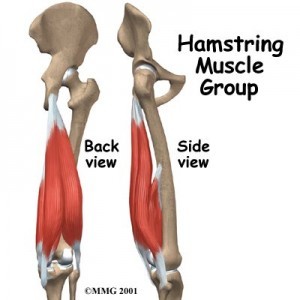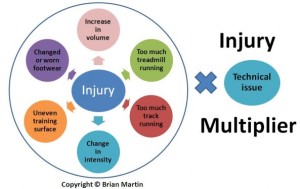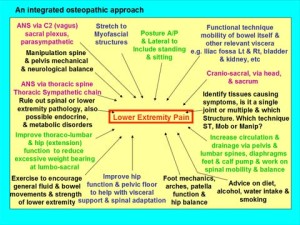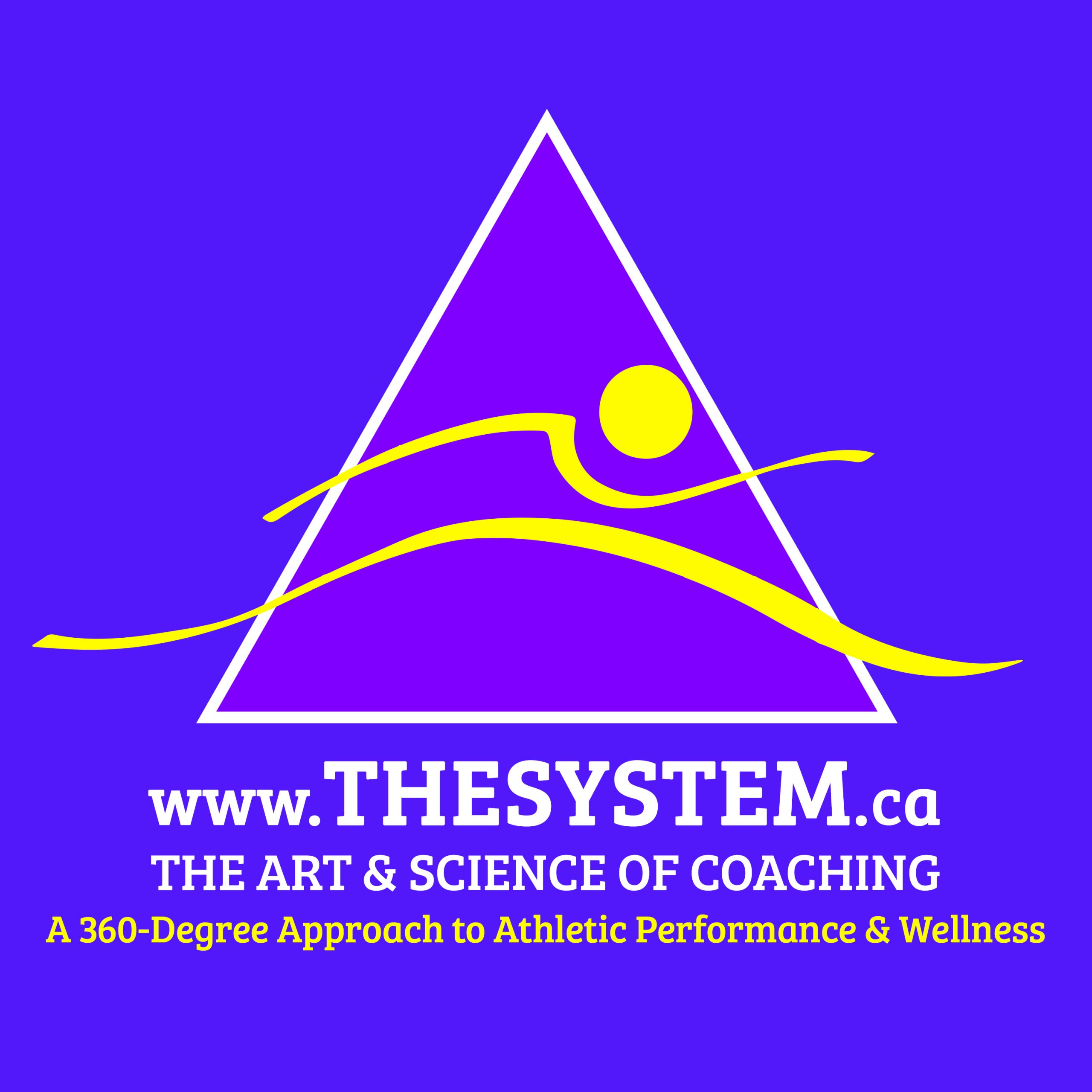PART I
WHY INJURIES OCCUR IN THE FIRST PLACE
Listed here are few common issued, that we at The System have encountered with a few of our clientele:
1) The extended competitive season does not allow for an off-season, where training can be done to both build and rebuild the athlete as well as recharge the CNS system. Some elite players have competed several years with only a few weeks of regeneration.
2) The Early Specialization and the lack of physical intelligence of younger athletes have come back to roost in the form of injuries or injury potential. In other words, what we here at The System call, moving from Structural Fitness directly into Performance Conditioning and skipping about 4-6 years of Structural Performance Conditioning. 7 The Worst scenario we encountered is primarily with those “cookie-cutter” Speed & Conditioning Gyms, where they are more focused on showing the parents of the athletes how fast their child can run on a high-speed Treadmill or how much the child can lift using a compound exercise (i.e. Squat, Clean, Dead etc…) vs. merely demonstrating a significant drop in the child’s injury potential or how the child is no longer complaining of fatigue. All of which are not the “Glamorous” aspects of focused conditioning, instead they are Qualitative aspects, we try to emphasize ahead of Performance conditioning.
The down side of early specialization, is these athletes arrive at our door with very high level of skill aptitude in their chosen sport, but lack the general athletic intelligence to hone this skill to the next level.
“It is just a matter of time before the house of cards you created crumbles”
The strong and gifted sometimes survive via pure attrition, but the rest succumb to injuries, which, often plague them in their later years in life; a scenario we have seen countless of times.
The obvious answer to these issues is to somehow go back to some more ‘grass roots’ conditioning. 8 However, the resistance to this paradigm will depend on a shift in thinking from a less Quantitative perspective to conditioning to a more Qualitative one. We are not advocating going to the other extreme, but merely coming to general consensus when and where both perspectives can be entertained in their respective measure, based upon the athlete you are dealing with.
“What is right for one athlete is actually wrong for another”
With respect to some pro sports, the extended competitive schedule will not change, as there is far too much economic gain to be had. Having said this, we must now find broad open-ended solutions to managing these athletes. With that being said, all professional individuals (i.e. sport MD’s, AT’s, Physio’s, Conditioning Coaches, Head Coaches etc…) who are directly or indirectly involved with the development of athletes must open up a broader paradigm that can encompass much larger possibilities (i.e. Qualitative and Quantitative) to reach a larger consensus on injury prevention, injury management and finally return to play.
“And the men who hold high places
Must be the ones who start
To mould a new reality
Closer to the Heart
The Blacksmith and the Artist
Reflect it in their art
Forge their creativity
Closer to the Heart
Philosophers and Ploughmen
Each must know his part
To sow a new mentality
Closer to the Heart”
RUSH – “Closer to the Heart”
What we do not need is a brand new “latest and greatest” solution that discounts all other “latest and greatest” solutions, but rather one that encompasses all possibilities, no matter how obscure or large it may be. Every Athlete is the same and at the same time very unique. 6 Therefore solutions must reflect the similarities and simultaneously address the differences.
GETTING BACK TO OUR TOPIC…
We at The System often encounter athletes that have or had previous chronic hamstring tears ranging mostly from Grade 1 (i.e. micro-tearing with little or no bruising) to Grade 2 (i.e. partial tearing with visible bruising).
Although there are several potential obvious causes for a Hamstring Tears, other times it may require some more sleuthing to determine the actual aetiology of the tear.
Often these athletes require a much broader approach to their rehab than the traditional methods currently used by therapists. These athletes intially will respond to more convential therapy, but soon after their second or third tear, those methods will no longer address the more deeper requirements for rehab and not to mention prevention.
SAMPLE APPROACH TO INTEGRATED INJURY MANAGEMENT
“Anyone can pretty much rehab a hamstring tear, in fact the body left to its own regenerative means, will ‘rehab’ itself. But it takes a real genius to prevent the injury from occurring in the first place”
Please visit www.TheSystem.ca for more informative articles.






